Table of Contents
What is a spice? A spice is the dried part of a plant used to flavor food, including seeds, bark, roots, flowers, and some fruits. Unlike herbs, which are typically the fresh leaves of a plant, spices are harvested when mature and dried or ground. Spices have been used for thousands of years across cultures for both culinary and medicinal purposes, from ancient Egyptian embalming practices to the global spice trade that shaped world history.
What Is a Spice?
Spices transform ordinary meals into extraordinary dishes through their concentrated flavors and aromas. They originate from specific plant parts: seeds (like cumin), bark (like cinnamon), roots (like ginger), flowers (like saffron), or even fruits (like allspice). This distinguishes them from herbs, which are primarily leafy greens used fresh or dried. The drying process concentrates their flavor compounds, making spices potent flavor agents that can be used in small quantities.
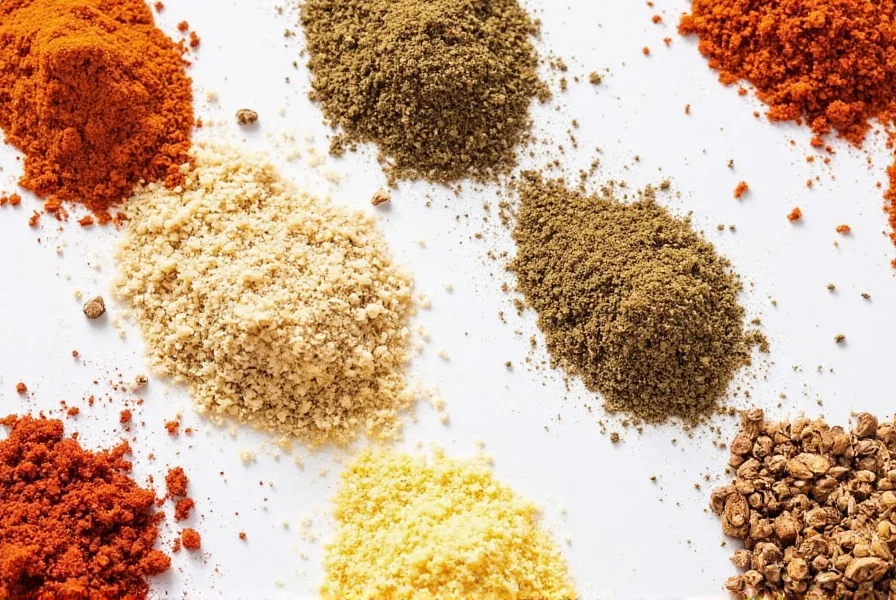
Scientifically, spices contain volatile oils and compounds like terpenes that interact with taste receptors. For example, capsaicin in chili peppers creates heat sensation, while cinnamaldehyde in cinnamon produces its signature aroma. These chemical properties explain why spices are used sparingly yet powerfully in cooking.
Spice vs. Herb: What's the Difference?
The distinction between spices and herbs is fundamental to understanding flavor chemistry in cooking. While both enhance food, their botanical origins and usage differ significantly:
- Herbs: Derived from leafy parts of plants (e.g., basil, parsley, thyme). Typically used fresh for delicate flavors or dried for longer shelf life. Best added near the end of cooking to preserve volatile compounds.
- Spices: Come from non-leafy plant parts (seeds, bark, roots, flowers). Always dried before use, resulting in concentrated flavors. Often added early in cooking to allow flavors to infuse into dishes.
This difference explains why you wouldn't substitute fresh basil (an herb) for ground cumin (a spice) in a curry recipe—their flavor profiles and culinary roles are fundamentally different.
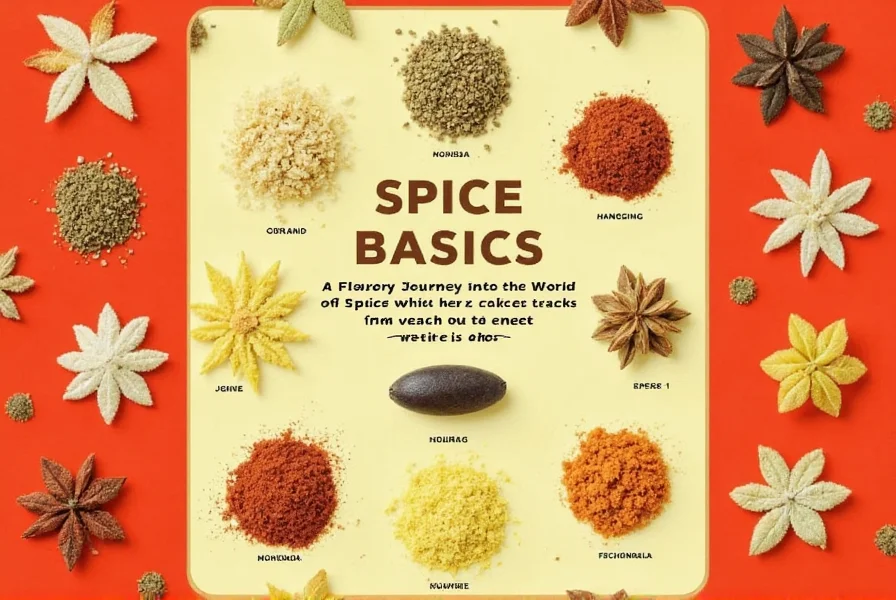
Common Spices You Should Know
| Spice | Description | Flavor Profile |
|---|---|---|
| Cumin | A warm, earthy seed used in many global cuisines. | Earthy, nutty, slightly smoky |
| Paprika | Dried and ground peppers, available in sweet, smoked, and hot varieties. | Sweet, smoky, or spicy depending on the type |
| Cinnamon | The bark of a tree, often used in desserts and warm drinks. | Sweet, warm, and aromatic |
| Ginger | A root with a sharp, spicy, and slightly sweet taste. | Spicy, citrusy, and warming |
| Turmeric | A bright yellow root known for its anti-inflammatory properties. | Earthly, slightly bitter, and slightly peppery |
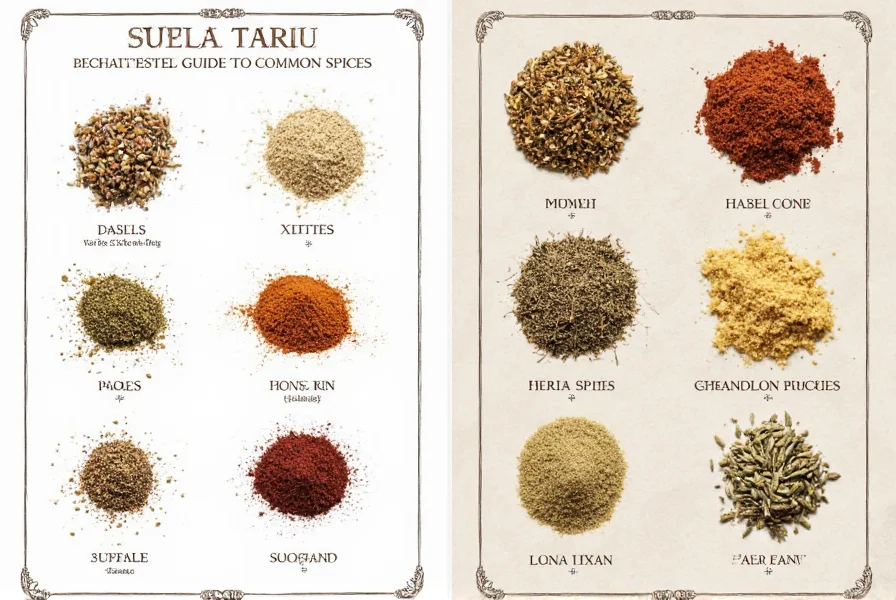
Essential Spice Basics for Every Kitchen
Mastering spices requires understanding their chemistry and proper handling. Here are science-backed essentials for optimal use:
- Use Fresh Spices: The older the spice, the more volatile oils evaporate. Ground spices lose potency faster than whole spices due to increased surface area exposure. Check freshness by rubbing between fingers—strong aroma indicates good quality.
- Toast It Before Using: Toasting whole spices (like cumin or coriander) in a dry pan releases essential oils through the Maillard reaction, enhancing aroma and flavor by up to 40% according to food science studies.
- Don't Overdo It: Start with small amounts (1/4 teaspoon for most spices) and adjust. Overuse can create bitter or overwhelming flavors. Professional chefs often recommend "less is more" for spice balance.
- Store Properly: Light and heat degrade spice compounds. Store in opaque, airtight containers at 60-70°F (15-21°C). Avoid clear glass jars near windows. Whole spices retain freshness 2-3x longer than ground varieties.

The Ultimate Buying Guide for Spices
Buying quality spices requires understanding sourcing and freshness indicators. Here's a detailed guide based on culinary expert recommendations:
Top 5 Spices for Every Home Cook
- Cumin
- Features: Warm, nutty flavor with earthy undertones
- Advantages: Versatile across cuisines; enhances savory dishes without overpowering
- Use Cases: Essential for Mexican chili, Indian curries, and Middle Eastern spice blends
- Buying Tip: Choose whole seeds and grind fresh for maximum potency. Avoid pre-ground if possible.
- Storage: Store whole seeds in airtight container for up to 3 years; ground cumin lasts 6-12 months
- Paprika
- Features: Sweet, smoky, or spicy depending on pepper variety
- Advantages: Adds vibrant color and depth to dishes; rich in vitamin A
- Use Cases: Hungarian goulash, Spanish paella, and as a rub for meats
- Buying Tip: Look for deep red color and sweet aroma. Avoid dull or faded powders indicating age.
- Storage: Refrigerate after opening to preserve color and flavor; lasts 6-12 months
- Cinnamon
- Features: Sweet, warm, and aromatic with woody notes
- Advantages: Works in both sweet and savory applications; contains antioxidants
- Use Cases: Baking, coffee, spiced drinks, and Moroccan tagines
- Buying Tip: Choose Ceylon cinnamon ("true cinnamon") over Cassia for milder flavor and lower coumarin content.
- Storage: Store in airtight container away from light; whole sticks last 2-3 years, ground lasts 1 year
- Ginger
- Features: Sharp, spicy, and citrusy with floral undertones
- Advantages: Aids digestion; reduces inflammation; versatile in sweet and savory dishes
- Use Cases: Stir-fries, teas, baked goods, and Asian marinades
- Buying Tip: Fresh ginger should be firm with smooth skin. For dried, choose bright yellow powder without clumping.
- Storage: Fresh ginger keeps 2-3 weeks refrigerated; dried powder lasts 1-2 years in airtight container
- Turmeric
- Features: Earthy, slightly bitter, and slightly peppery with vibrant yellow hue
- Advantages: Contains curcumin with anti-inflammatory properties; enhances food color
- Use Cases: Curries, soups, golden milk, and rice dishes
- Buying Tip: Look for high-curcumin content (5-6% or more) and bright orange-yellow color. Avoid pale or dull powders.
- Storage: Store in opaque container away from light; lasts 1-2 years for best potency
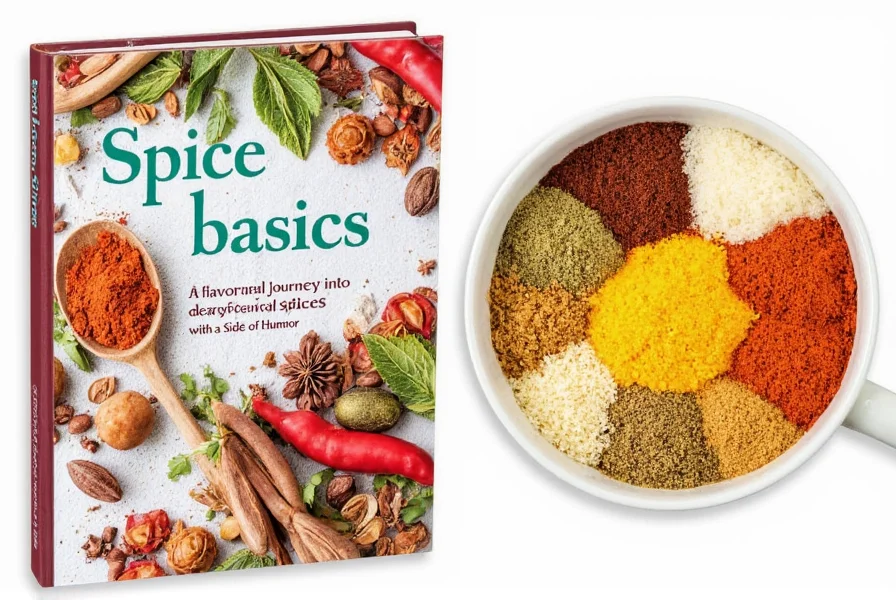
Frequently Asked Questions About Spices
What is the definition of a spice?
A spice is the dried part of a plant used to flavor food, including seeds, bark, roots, flowers, and some fruits. Unlike herbs, which are typically the fresh leaves of a plant, spices are harvested when mature and dried or ground. Spices have been used for thousands of years across cultures for both culinary and medicinal purposes, from ancient Egyptian embalming practices to the global spice trade that shaped world history.
How is a spice different from an herb?
Herbs are usually the leaves of a plant and used fresh or dried with delicate flavors. Spices come from other plant parts such as seeds, bark, roots, or flowers, and have stronger, more concentrated flavors due to their drying process. Herbs are often added at the end of cooking to preserve freshness, while spices are typically added early to infuse flavors throughout dishes.
What are the most common spices used in cooking?
The most common spices include cumin (earthy, nutty flavor), paprika (sweet, smoky, or spicy), cinnamon (sweet, warm, aromatic), ginger (spicy, citrusy), and turmeric (earthy, slightly bitter). These spices are used across various global cuisines from Mexican to Indian to Mediterranean cooking. They form the foundation of many spice blends like garam masala, chili powder, and curry powder.
How long do spices last before losing their potency?
Ground spices maintain best flavor for 6 months to 1 year, while whole spices can last 2-3 years. However, all spices will gradually lose potency over time. A good test is to rub a small amount between your fingers—if the aroma is weak, it's time to replace them. Store properly in airtight containers away from heat and light to maximize shelf life.
What's the best way to store spices to maintain their freshness?
Spices should be stored in airtight containers away from heat, light, and moisture. The best location is a cool, dark cabinet away from your stove or oven. Avoid storing spices in the refrigerator as the moisture can cause clumping and reduce shelf life. For maximum freshness, buy whole spices and grind them just before use.
Can I substitute dried herbs for spices or vice versa?
While both add flavor, spices and herbs are not direct substitutes due to their different flavor profiles and intensities. Generally, you need about 1/3 the amount of dried herbs compared to fresh. Spices are more potent than herbs, so substituting one for the other would significantly change the dish's flavor profile. For example, using cinnamon instead of basil in a pesto would completely alter the dish's character.
Conclusion
Spices are more than just flavor enhancers—they're cultural symbols, historical treasures, and culinary tools that can elevate any dish. Understanding the spice definition helps you appreciate their role in cooking and how to use them effectively. Whether you're a seasoned chef or a home cook with a passion for flavor, mastering the basics of spices will open up a whole new world of possibilities in your kitchen.
So next time you reach for that jar of cumin or sprinkle a bit of paprika, remember: you're not just seasoning your food—you're adding a touch of history, culture, and science-backed flavor science.
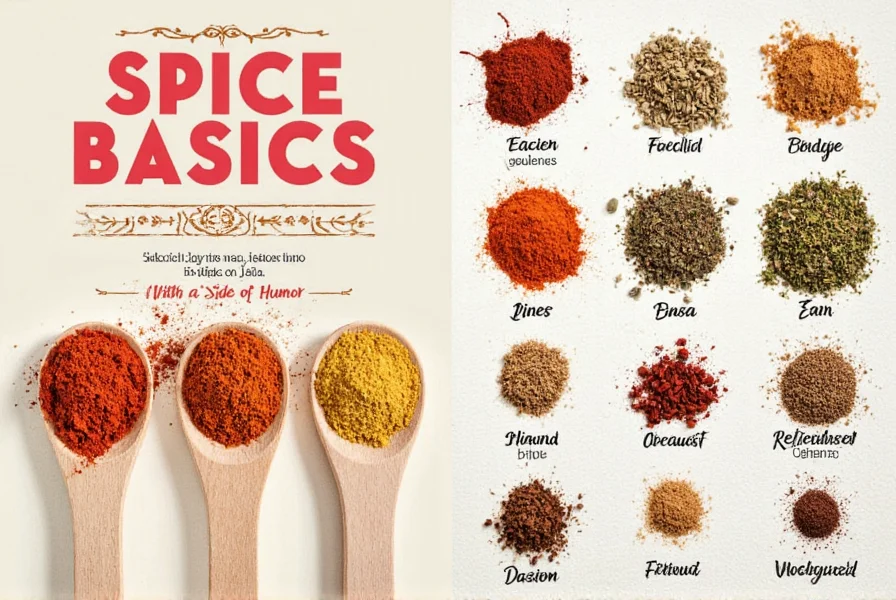










 浙公网安备
33010002000092号
浙公网安备
33010002000092号 浙B2-20120091-4
浙B2-20120091-4